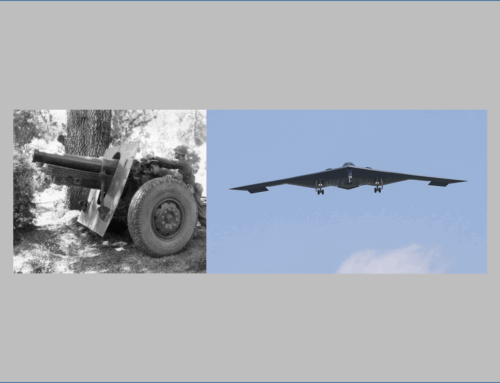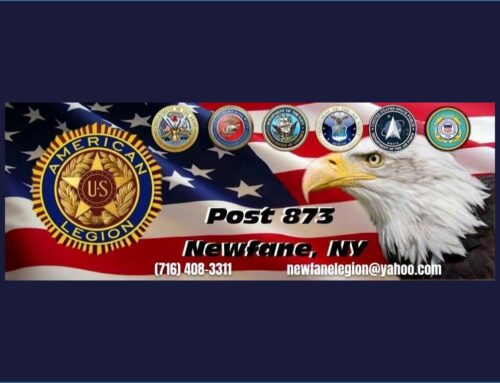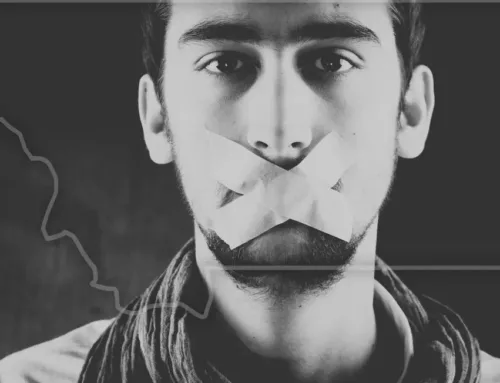An American Urologist on the Western Front in World War I
Published: 29 May 2024
By Barbara Chubak, MD
(with gratitude to and permission from Ken Rush)
Special to the Doughboy Foundation website

GG Smith in WWI and later
(Left) G G Smith in his World War I uniform. Smith chronicled his voluntary medical work with the Harvard Service Unit (HSU) in 1915, years before the US entered the war. (Courtesy, AUA Didusch Museum, Linthicum). (Right) Later in life, Dr. Smith served as AUA President from 1935-1936 and MGH Chair of Urology at MGH from 1938-1945. (Massachusetts General Hospital, Archives and Special Collections.)
Remembering Dr. GG Smith
It began like any other clinical encounter between a urologist and their new patient: I asked Mr. Rush what prompted him to schedule the visit and what kind of work he did, in order to understand how any symptoms might affect his daily life. He replied that he was an artist, but had some familiarity with urology, as his late grandfather had been a urologist: perhaps I knew of him? When I asked, “What was his name?” the answer was not promising: George Smith. A more generic American name could hardly be found! But Mr. Rush seemed to want to talk about his grandfather, so I pressed on: had Dr. Smith written any books or held any positions of note, to make his grandson think that a random, relatively young Brooklyn urologist would know of him?
It turned out that Dr. Smith had achieved both of these accomplishments, among many others, though I only learned of those later. During our initial conversation, Mr. Rush recalled that his grandfather had written various medical texts, but in his opinion the most interesting of his grandfather’s writings were the diary and letters that he had written while volunteering as a surgeon in France at the start of World War I (WWI). Mr. Rush shared that these documents and their illustrative photos had seemed important enough to be kept over the century, first by his mother, Dr. Smith’s daughter, and now by him. But he was concerned that the papers were in danger of deterioration if not stored in a professional archive, and expressed uncertainty as to which, if any, archive or museum might value them and take on this task of their preservation.
The timing of our conversation was fortuitous, as I knew that the upcoming 2023 meeting of the American Urological Association (AUA) was planned to feature an exhibit titled “Battlefield Urology,” exploring the lessons learned from wartime urologic injury and disease throughout history. As a former student of history, with BA and MA degrees in history and the history of medicine, the thing I enjoy most about my professional urologic community is the value that is placed on active engagement with the history of our discipline. The AUA has a history museum, the William P. Didusch Center for Urologic History and each year our annual conference features a new, temporary exhibit on a different historical theme. I suggested to Mr. Rush that the AUA history museum archive might welcome his grandfather’s diary and other documents into its collection.
With his blessing, I connected Mr. Rush with the AUA archivist, who was delighted by the timely addition to the Museum and asked me to give one of several planned talks on the exhibit theme, featuring the newfound Smith collection as primary source material. I was honored to be asked and immediately agreed, but secretly wondered if I was truly qualified for the task. My formal study of history was principally focused on the cultural and medicolegal history of early-modern Britain, and my knowledge of the first world war was limited to vague memories of having enjoyed reading AJP Taylor’s classic illustrated history as an undergraduate.
Nor do I have any personal family history relevant to World War I (WWI). While logic dictates that my great-grandparents and their parents, who lived in the part of Europe that was reaffirmed as the nation-state of Poland at the end WWI, were undoubtedly affected by that war, I know nothing of their experiences. They and their stories did not survive World War II (WWII) and its Holocaust. As a second-generation Jewish American, my family history begins with the liberation of my grandparents from Nazi concentration camps by the US Army, their initial recovery from near-death in the Feldafing Displaced Persons camp , and ultimate homecoming to New York as refugees and eventual citizens. My family embodies the American Dream narrative, but that story is short and looks more to the future than into the past fog of war.
In other words, to do justice to the AUA’s kind invitation to speak, Mr. Rush’s generous donation of his family documents, and Dr. Smith’s memory, I had a good deal of research to do! I began by reading Dr. Smith’s diary, which together with the various eulogies and obituaries that followed his death in 1963 helped me to get a sense of his personality and the values that guided his actions. The diary covers a brief but eventful period in Dr. Smith’s life: from July 21, 1915, when he departed his home in Boston for service on the Western Front, to November 8, 1915, when he sighted Fire Island, NY and its promise of a safe return. During the intervening months, Smith describes the pleasures and pains of travel abroad and the challenges he faced to provide voluntary surgical care at the Chateau d’Annel, a French estate that was converted into a hospital by the American expatriates who lived there when the war arrived on their doorstep.
To understand Smith’s voluntarism, the international relationships that enabled and were produced by it, and the chain of command in which he operated (and against which he occasionally chafed), resources from the Countway Library of Harvard University and the American Hospital of Paris website provided invaluable context. From these and similar secondary sources, as well as my greater familiarity with the more recent post-WWII and post-colonial periods, I was able to piece together how Smith’s experiences in later 1915 were in many ways a microcosm of the greater macrocosm of 20th century history. Dr. Smith was a sensitive observer with an eye for detail, and his diary proved a remarkably rich primary source.
I anticipated that a surgeon’s diary would describe his on-the-job training and include patient case reports, documenting the development and application of the many medical and surgical advances that derived from the trauma of trench warfare. This expectation was well met, and I was fascinated to discover that technologies and techniques taught to me for the treatment of kidney stones originated as a means of finding and removing bullets from within WWI-soldiers’ bodies 100 years prior. Evidence of tension between values, with American sympathy for the embattled Allied powers and desire to support the expatriates in their midst warring with a preference for peaceful non-involvement and provision of comfort and support to and from family, was also unsurprisingly and poignantly present.
More unexpected were the ancillary characters detailed by Dr. Smith in his diary. In addition to describing the healthcare providers and patients with whom he worked, he takes particular note of the racial, ethnic, and cultural diversity of the warfront, which despite its French location was global in scope, defended by both colonized and colonizing peoples against a common enemy. During his transatlantic travel, he describes interactions with fellow passengers, with whom he quite naturally felt varying degrees of affinity. In the privacy of his diary, Smith admits to discomfort when interacting with people unlike himself (who happened to be independent women or Jews, and thus, ironically, very much like me!) and confesses his regret for committing an accidental microaggression, by suggesting to the Haitian ambassador that he sing along with a popular song about an African-American slave. On the journey home, he notes as particularly interesting the conversation of another American man engaged in wartime relief work, with whom he “discussed questions…much of the day, future of the race, peace problem, negro problem, etc.”
Over a century after Dr. Smith engaged in that conversation, these very same questions and the implicit biases on which they are founded continue to trouble our national discourse and identity. In hindsight, it is both remarkable and chastening that despite numerous subsequent progressive movements, including postcolonialism, feminism, civil rights, and others, so little has changed. Perhaps the most significant difference is that technology now makes it easier to avoid diplomatic social engagement and peaceful exchange of ideas with people and communities outside of our comfort zones. Dr. Smith’s courage and generosity of spirit, represented both by his voluntary provision of healthcare on the Western Front years before the United States joined the European fray, and by his self-critical and humanistic engagement with others dissimilar from himself, make him a model for us all.
My article on Dr. Smith (below) appeared in the Spring 2024 Issue of the International Journal of Urologic History.

External Web Site Notice: This page contains information directly presented from an external source. The terms and conditions of this page may not be the same as those of this website. Click here to read the full disclaimer notice for external web sites. Thank you.





